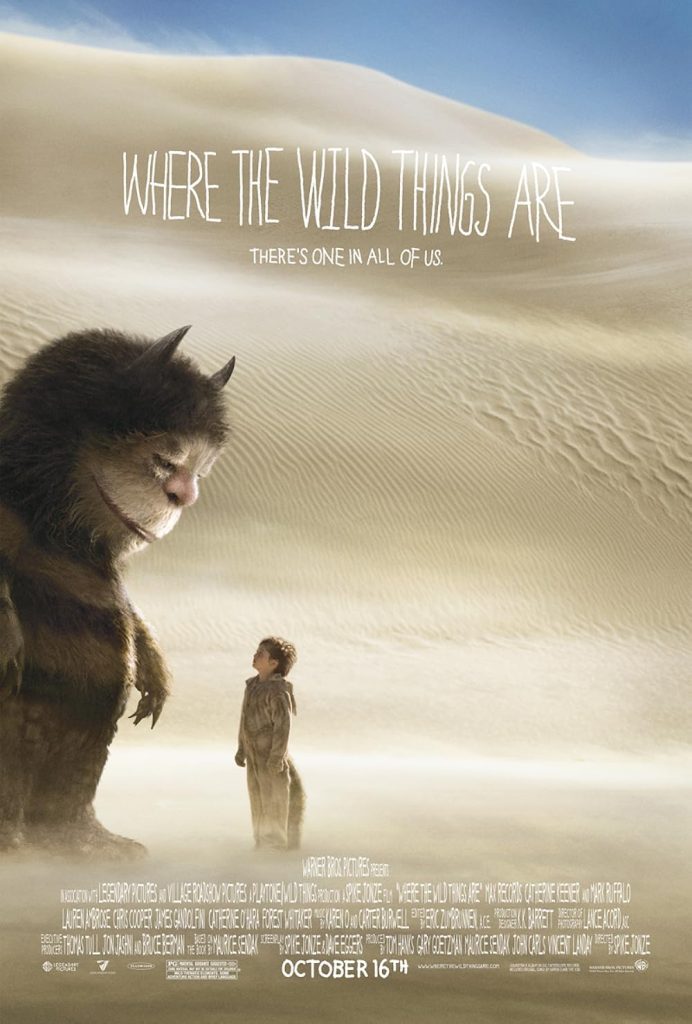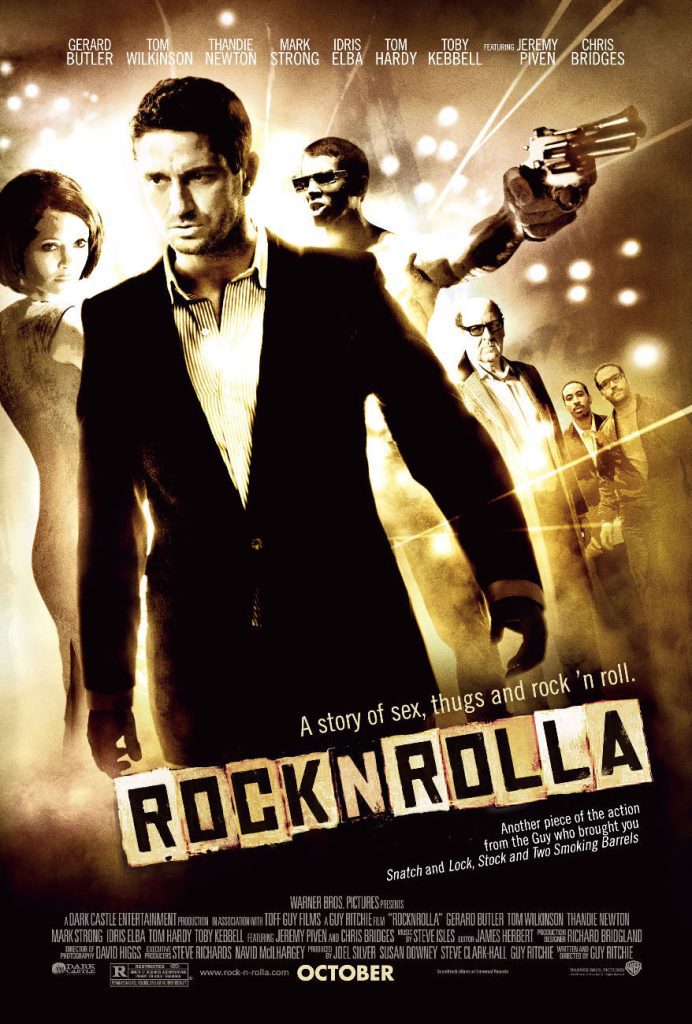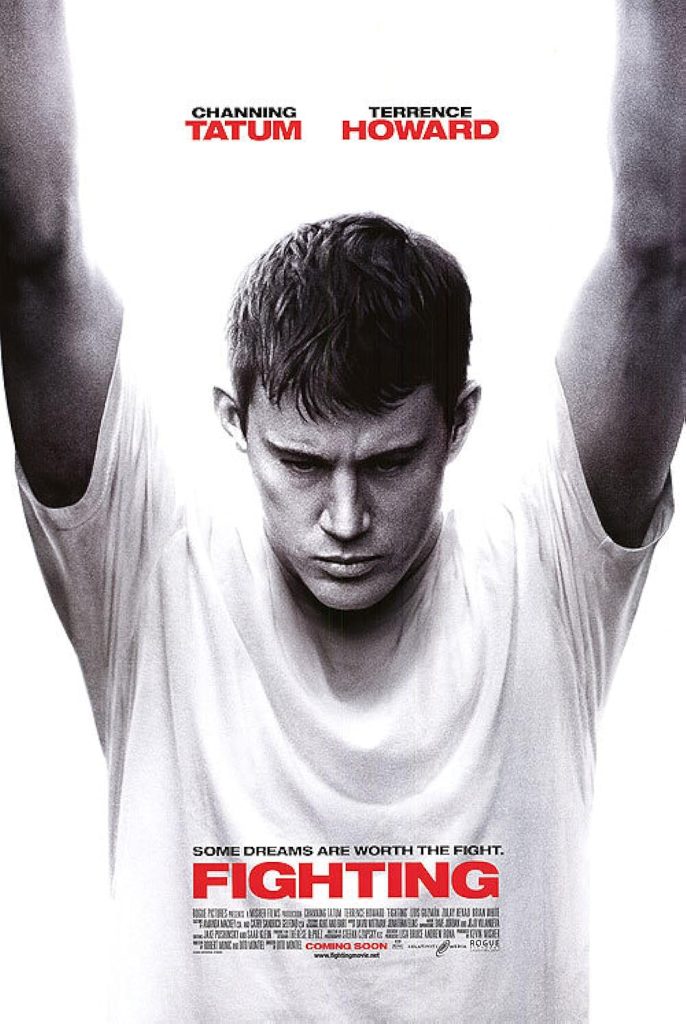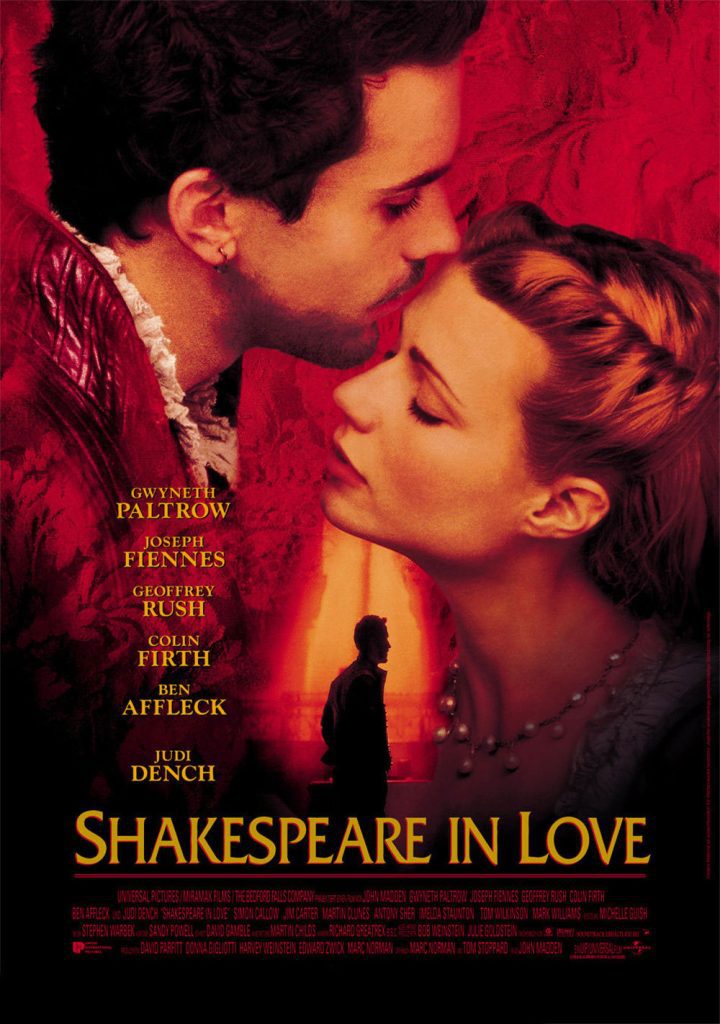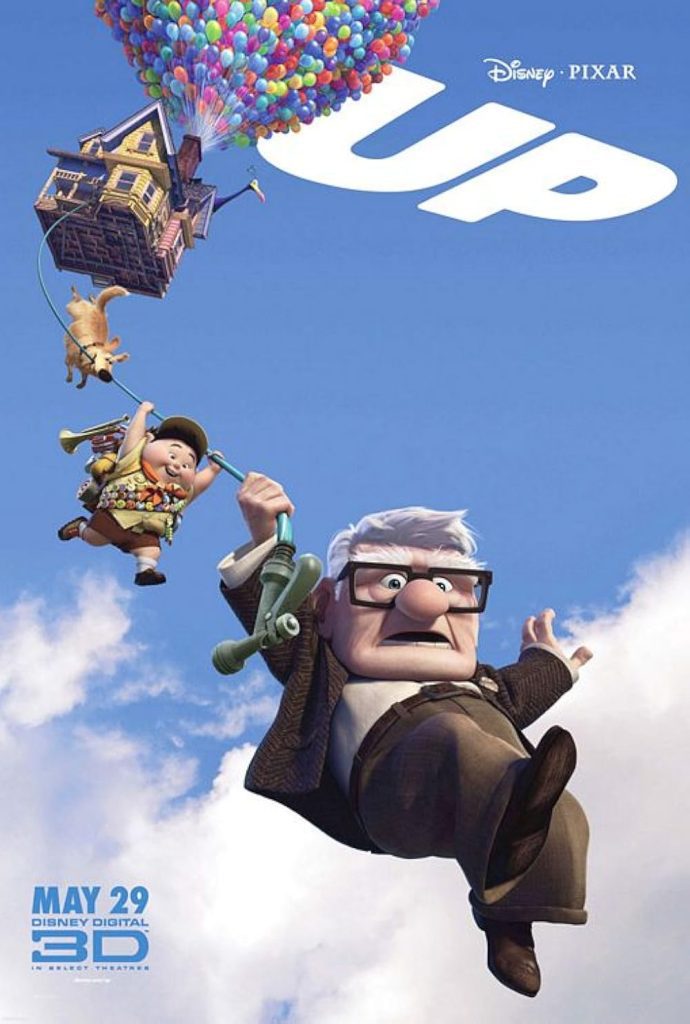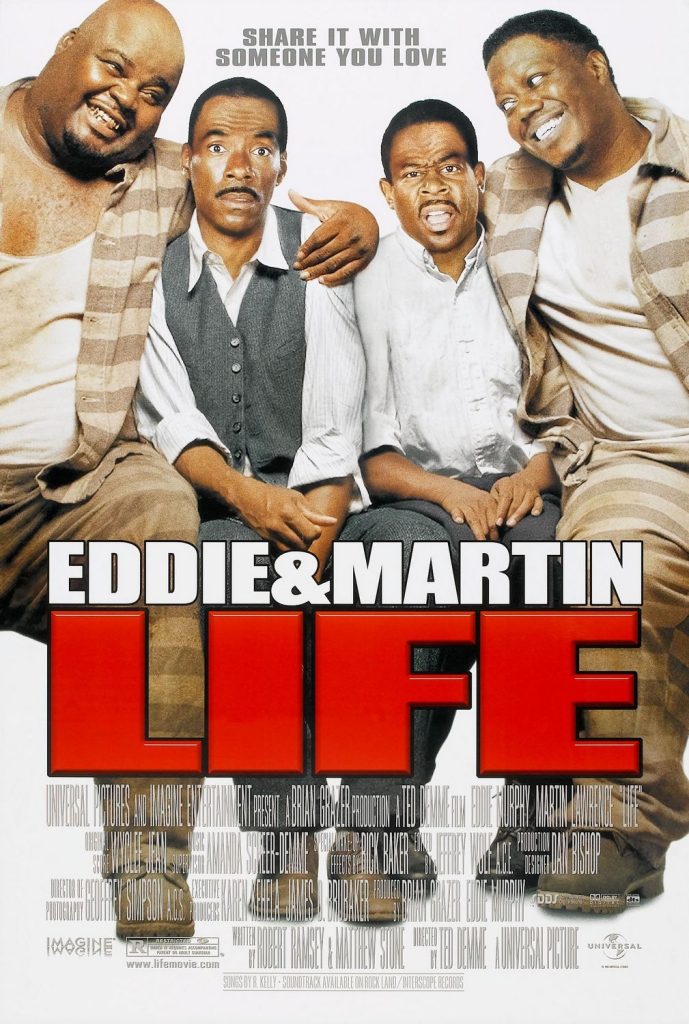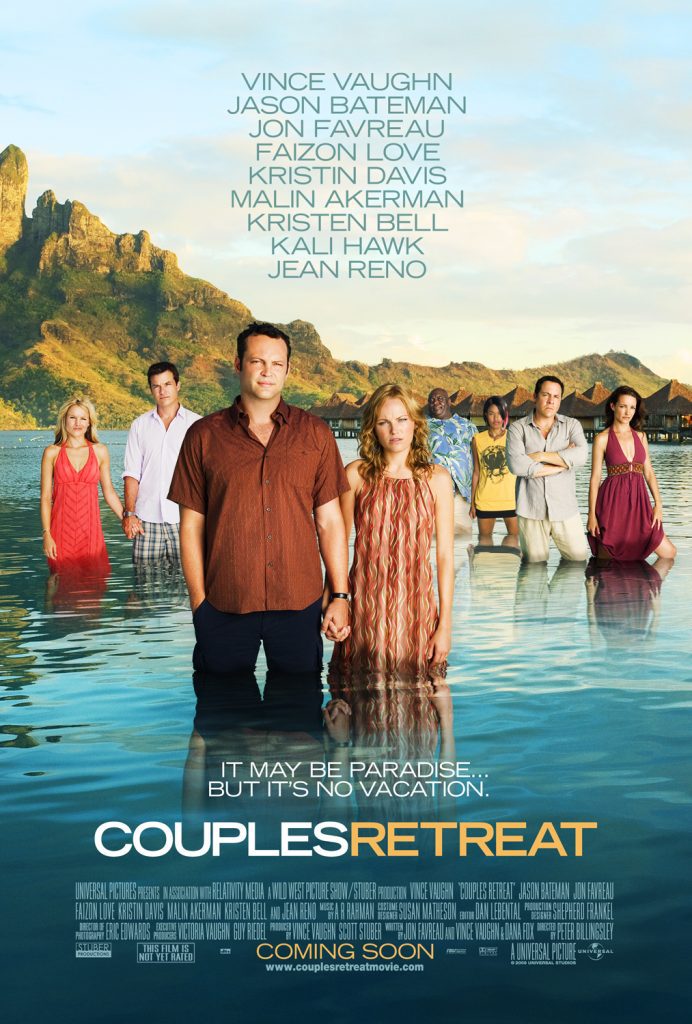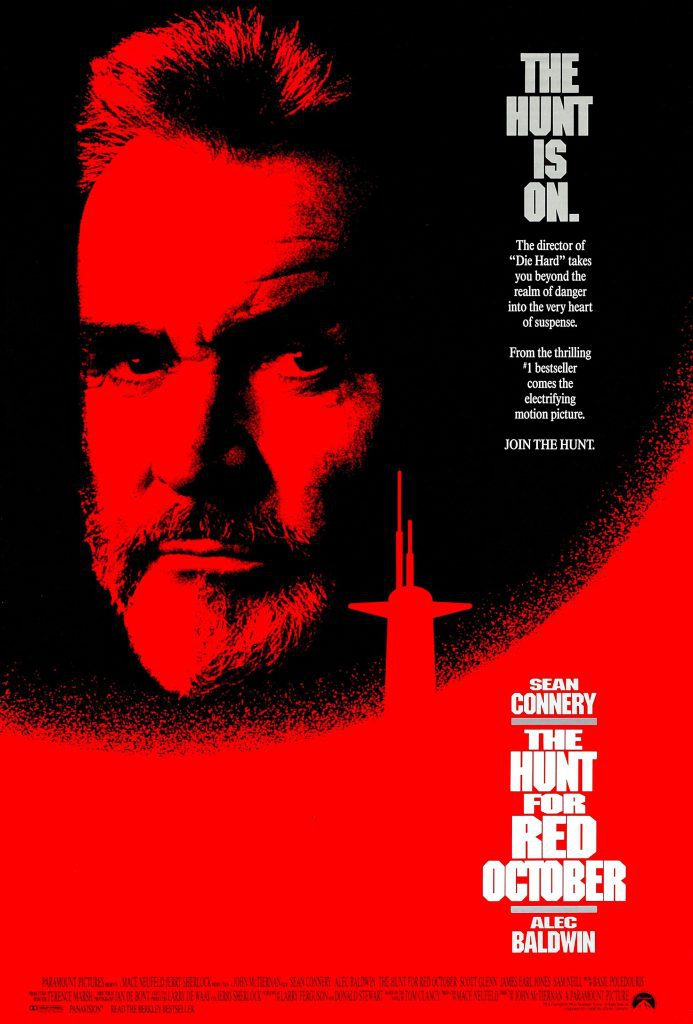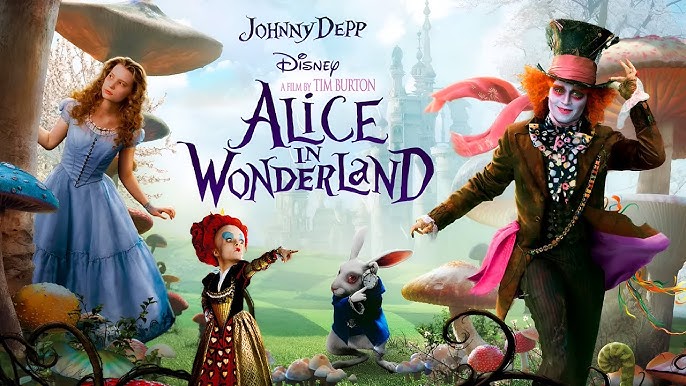
“The idea was to explore the nature of dreams…” — Tim Burton
The unfortunate thing for Tim is that he’s become a victim of his own iconic style and success. Striking big right out of the box — Pee-Wee’s Big Adventure, Beetlejuice, Batman, Edward Scissorhands — the Burton faithful expect to be wowed with each and every new adventure. Unless you’re working for Pixar, that’s not humanly possible. Tim is a true artist. He loves to experiment; his style grows and evolves; the tales he tells reflect where he finds himself in life. Sleepy Hollow — hit. Planet of the Apes — miss. Big Fish — hit. Charlie and the Chocolate Factory — miss. Sweeney Todd — hit. Alice in Wonderland — depends on who you ask.
Alice Kingsleigh (Mia Wasikowska) is a young woman at a crossroads. Not knowing who she is or what she wants from life, she is being pushed, pulled, strong-armed, and confused into doing what everyone expects of her. A marriage proposal in front of friends and family pushes Alice over the edge and down the rabbit hole into a place she hasn’t visited since her father died 10 years before. Only problem is, she’s now a very different person, has no memories of Underland, and is somehow still expected to be someone she’s not. How can she argue with something that’s mapped out in full visual splendor in the prophetic Oraculum? With the help of The Hatter (Johnny Depp), The White Queen (Anne Hathaway), The Tweedles (Matt Lucas), Absolom (Alan Rickman), The Cheshire Cat (Stephen Fry), and the Bandersnatch, can Alice unlock the mystery of her past and light a path to her future?
With stories as legendary as Lewis Carroll’s Alice’s Adventures in Wonderland and Through the Looking Glass, audiences were expecting Tim to pull a March Hare out of his hat and dazzle them. After all, this was a Disney picture, and Walt’s 1951 animated adaptation has been deemed a classic by many a critic (present company excluded). When the production was announced as a 3D IMAX spectacular, leveraging the wizardry of green screen and motion capture, the excitement level ratcheted up another three notches. When Johnny Depp and Danny Elfman revealed their involvement, anticipation went through the roof. So why weren’t more people impressed by the end result? Answer: You can’t please everyone.
“You’re entirely bonkers. But I’ll tell you a secret: All the best people are.”—Alice
Burton’s Alice in Wonderland is the visual manifestation of one person’s journey towards self-actualization. The idyllic world she visited as a child has since been thrown into turmoil. Everything in Underland represents a fragment of Alice’s psyche, her relationships, and the challenges she faces in the real/waking world. While it borrows from the works of Carroll, the ownership is purely Burton…and yet much of it is oddly familiar to us. The relationship of Alice and the Bandersnatch mirrors Androcles and the Lion. The Red Queen and White Queen are reminiscent of Cain and Abel. Alice and the Jabberwocky are no different than David and Goliath or St. George and the Dragon, the beast itself calling to mind Fantasia’s malevolent Chernobog as seen though the eyes of Ray Harryhausen. Not that any of these archetypes detract from the effectiveness of Linda Woolverton’s script, it’s just that the adventure is smaller in scope and more intimate in nature than most were expecting. And that, in fact, may be its greatest strength.
Having originally seen the film in IMAX 3D, watching the Blu-ray is an entirely different experience more befitting the nature of the film. On a huge screen, these intimate moments seemed overcooked and incongruent. Here, Alice allows you to better appreciate the stillness of the performances and nuances of the character arcs. The emotional short-circuiting of Depp’s Hatter is more profound, the layered internal conflict of Hathaway’s White Queen is compelling, the richness of Stephen Fry’s Cheshire Cat line reads are magnificent, and Bonham Carter’s spoiled brat tirades are delicious. And yet at the heart of nearly every moment is Mia Wasikowska; she embodies everything that is Alice and so much more. Acting to tennis balls and indeterminate sight lines is no easy feat, but this 19 year old Aussie makes each moment more authentic than the last.
Burton has never been known for subtlety, which is probably why the film wasn’t universally adored. Interestingly enough, foreign audiences flocked to Alice in droves compared with American movie-goers. And while alternative kids seeking their own form of self-expression will latch onto the counter-culture leanings of Underland in much the same way generations have embraced Jack Skellington’s Halloweentown, a large segment of middle America found the film to be boring, lacking the inherent spark of “why I should care” truth found in so many of Burton’s previous films. Then again, this was a new sandbox for Tim to play in, one he didn’t find entirely comfortable.
“It’s a lot like a Polaroid photo, in that you don’t really see the shot materialize until the very end.” — Tim Burton
Having spent time with visual effects director Ken Ralston and animation supervisor Dave Schaub, you’d be floored by the amount of time and effort needed to craft this version of Alice. For instance, Crispin Glover as Stayne was walking around on stilts in a motion capture version of his character’s costume which wasn’t anywhere close to what the final version looked like. This created a nightmare for animators, who had to go back and digitally create six inches of hair blocked from the camera by the shoulder pads of his original costume. In the end, Glover’s head is all that remains of his photographed performance; everything else is computer generated. And perhaps that’s where the problem lies. As movie-goers, we’ve lost the appreciation of the artistry needed to create these artificial worlds. Sure, people were enamored with Jim Cameron’s Avatar, but having seen that we now need more to be impressed. We overlook the fact that Helena’s Red Queen was filmed independently of the Queen’s court, and the CG-characters, and the environments, all of which were pieced together in post and subsequently warped to give the film it’s truly unique appearance.
Alice is a film that will be thought of more fondly with time. Like peeling layers of an onion, repeated viewings will allow audiences to soak in the wonder of this “Wonderland” and the complex emotions which lie beneath the surface of these characters. You may also find new elements to appreciate as the circumstances of your own life change. It may not be one of Burton’s finest films, but it most certainly propels this artist into new territory, and fans of his work cannot ask for anything more than that.
On the other hand, we can ask a great deal more from Disney’s Blu-ray presentation. This heralded three-disc combo pack is more flash than substance, the depth of which pretty much ends with Dermot Power’s Oraculum-inspired menu designs. Presented in 1.85:1, 1080p, MPEG-4 encoded widescreen, it’s easy to forget that much of what we see was created from scratch. From Sony Imageworks’ stunning environments and skewed characters, to Colleen Atwood’s magnificently detailed costumes and Dariusz Wolski’s perspective altering cinematography, there is a wealth of material for your brain to soak in. Plus, there’s nary a digital artifact or flaw to be found; the film’s vibrant colors saturating and desaturating with location and emotion. The same impressiveness carries through to the audio, which Disney Blu-ray’s have become known and loved for. The DTS-HD Master Audio mix places you smack in the center of this effusive world. From Elfman’s hauntingly ethereal score — some of his most addictive work in years, capturing not only the essence of 18th century England, but the madness of Underland itself — to the immersive action sequences and robust ambient sound design, you will not be disappointed.
Where it all falls apart is in the bonus material. I fully understand and accept the fact that Tim Burton does not like doing commentaries. In fact, David Lynch put it best by stating that everything he wants to say about the film is already on the screen; that’s the art, make of it what you will. However, when Disney’s production team only offers up less than an hour’s worth of EPK featurettes, our ability to forgive is greatly tested. Yes, there are interesting insights into the character design, the choices made in adapting the material, and impressions from the cast, but this is all surface level press junket treatment. For as large a fan base as Burton has, you’d think his team would go the Peter Jackson route and overwhelm us with video diaries, in-depth making of documentaries, outtakes, and more. But no…this is all you get:
Wonderland Characters (28 min)
Six featurettes focusing on the design, casting, and performance of Alice, The Hatter, The Red Queen, The White Queen, and the truth behind “The Futterwacken.”
Making Wonderland (20 min)
Six featurettes spotlighting the unexpected magic of Danny Elfman’s haunting score, the physical demands of the characters, the visual effects employed to create a green screen world from scratch, the challenges of Alice’s resizing, as well as the tea party props and food.
DVD Copy to share with your non-HD equipped friends and family.
Digital Copy to load onto your iPod or other portable device.
Coming out of the first IMAX screening of Alice in Wonderland, I couldn’t say I loved the film. The artistry was impressive but much more could have been made of the story; it’s a small tale told on a very large canvas. However, after three viewings, I find my admiration and emotional attachment growing. Much like Big Fish, this is Burton stepping outside his comfort zone, and artists need those journeys to grow. Give it a try. You might just be surprised by what you find. (P.S. You can get by just as easily with the single-disc Blu-ray and not miss anything).
For more movies visit Soap2day.
